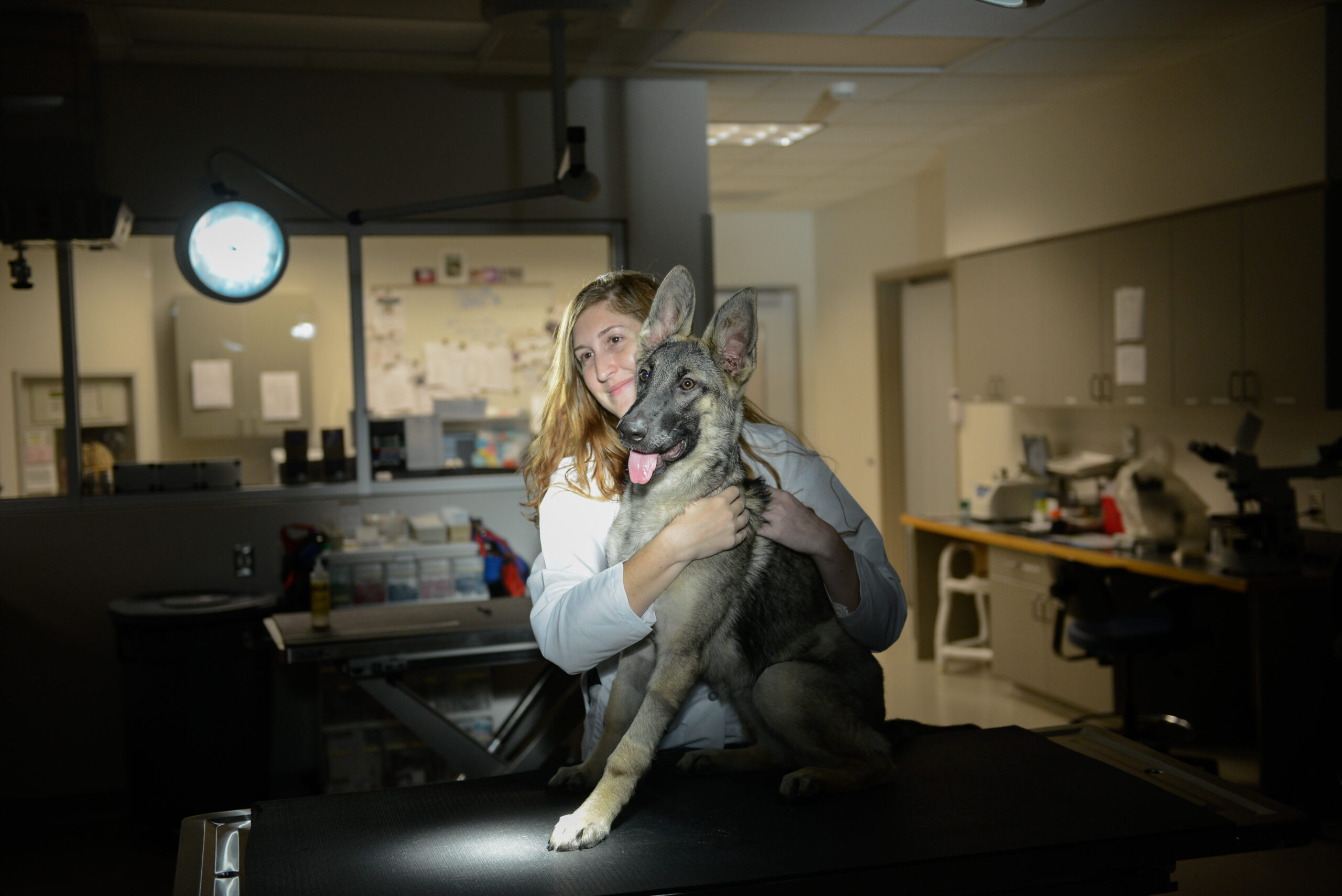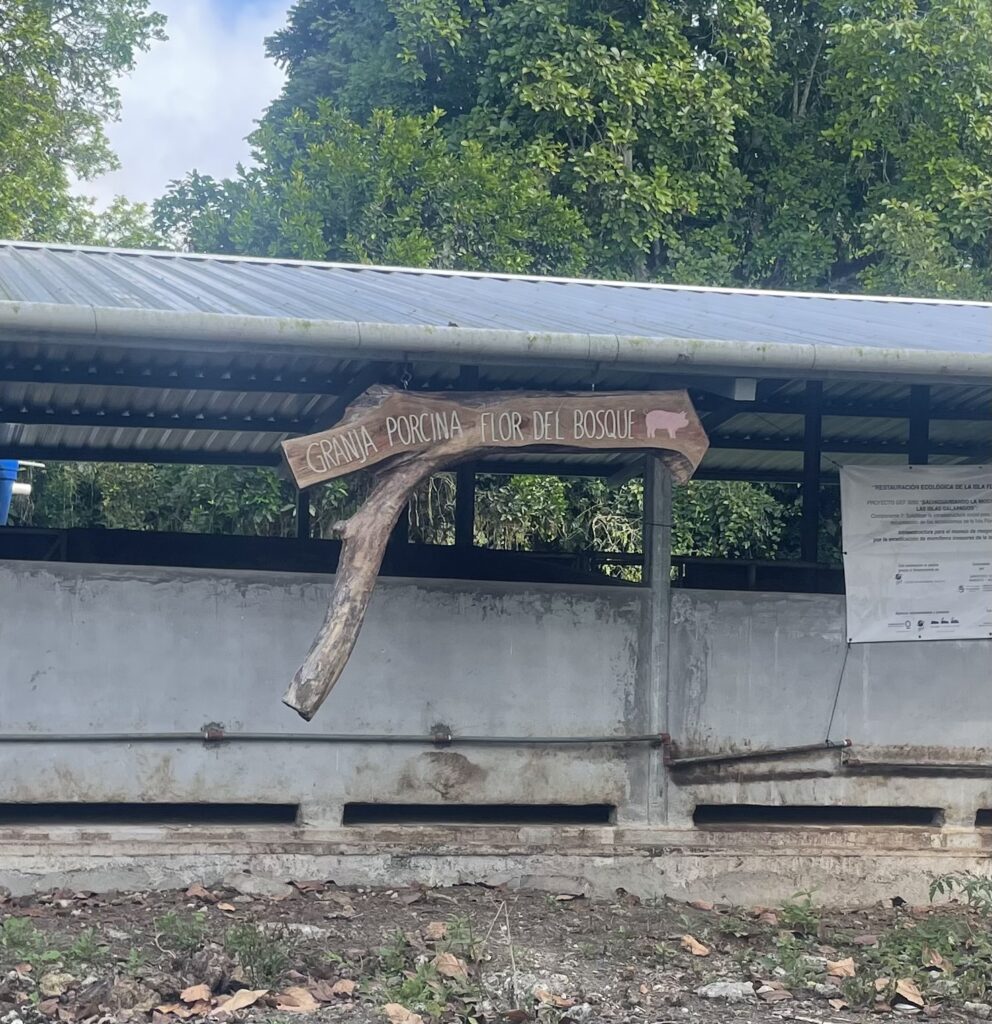Research


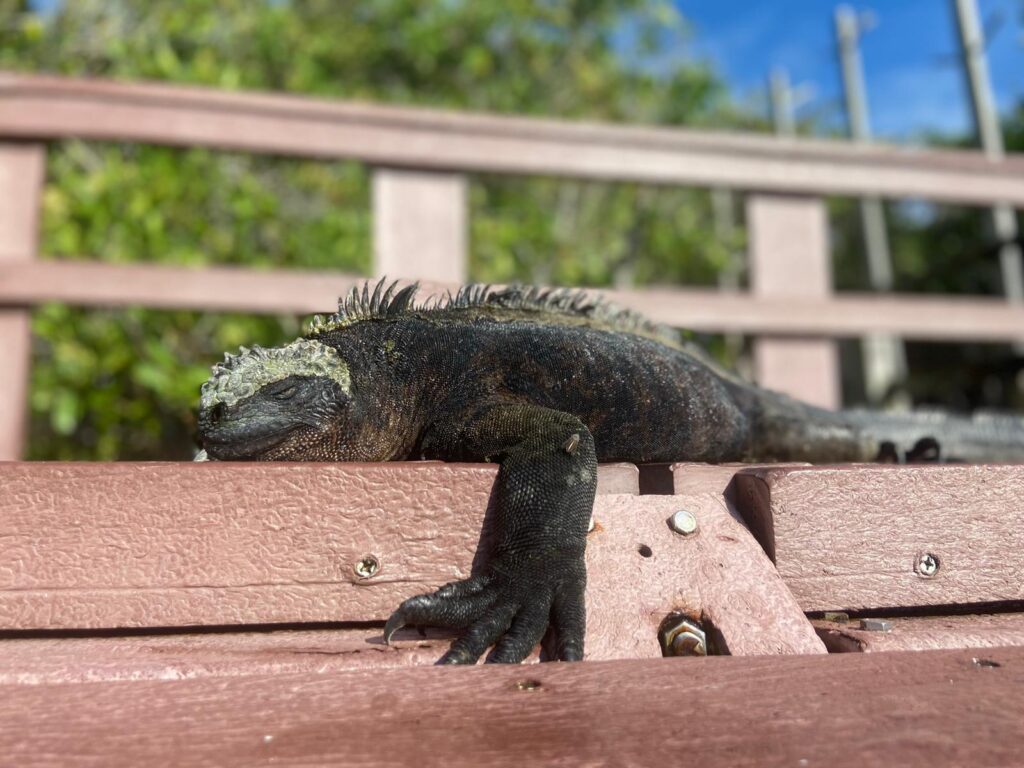
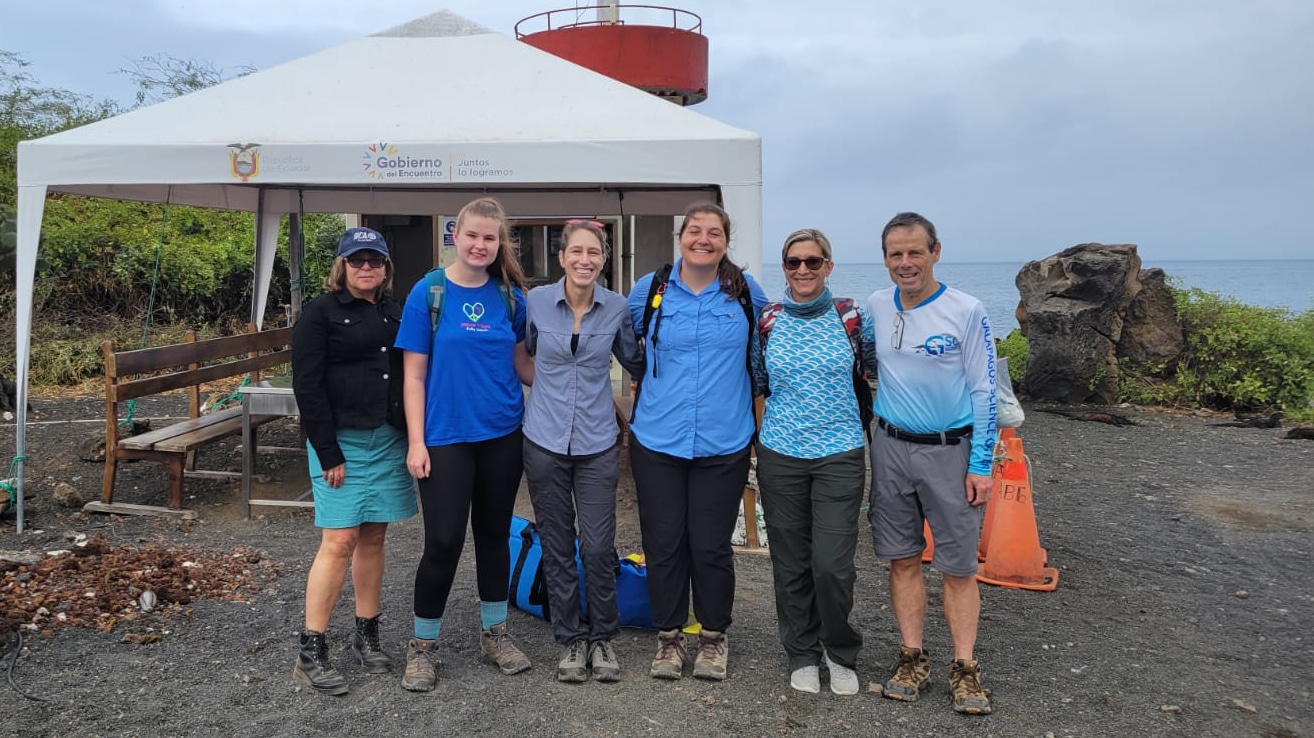
Current Research Projects
- Increasing blue-green algae exposure calls to animal poison control – North America, 2010-2022. Novel environmental sentinels?
- Harmful algal blooms resulting from overgrowth of toxin producing organisms are symptomatic of a changing environment and are increasing worldwide as usage and nutrient contamination of freshwater sources increase. Harmful blue-green algae (HGBA) are frequent causes of freshwater harmful algal blooms that can also occur in saltwater or estuaries, causing illness and death in humans and animals. Although the National Centers for Coastal Ocean Science monitors large coastal and lake regions for HGBA, and the Centers for Disease Control and Prevention’s One Health Harmful Algal Bloom System collects national data on human and animal HBGA-related illness, these efforts are limited to certain areas resulting in a need to supplement current US monitoring of HBGA. The Rhea lab has been exploring data from the American Society for Prevention of Cruelty to Animals (ASPCA) Animal Poison Control Centers (APCC) for HBGA exposures in companion animals that could facilitate recognition of contaminated aquatic areas to inform protection of human and animal health.
- The Rhea lab has presented initial findings of this dataset at the 2023 North Carolina Lake Management Society Spring Workshop and ESRI 2023 User Conference Map Gallery and will be attending the UNC 2023 Water and Health Conference: Research, Policy, and Practice. The Rhea lab continues to explore HBGA intoxications in both animals and people.

- Assessing Livestock Production Practices on Small-Scale Multi-Species Farms Located on Floreana Island, Galapagos Islands
- In the Galápagos Islands, food animal agriculture is an important source of local meat and eggs and is driven by smallholder farms. With anticipated future increases in production animal populations in the Galápagos—one of the most biodiverse and protected ecosystems on the planet—the health of humans, animals, and the environment must be considered. An integral component of sustainable agriculture is animal welfare, which considers the health, nutrition, housing, and behavior of animals. To our knowledge, no formal assessments of production animal welfare have been conducted in the Galápagos Islands. We evaluated animal welfare conditions on farms located on Floreana Island, Galápagos utilizing five basic measures of animal care. We identified opportunities for enhanced activities in two of these measures, animal health management and timely euthanasia. Future work should promote knowledge transfer and in-country capacity building in these areas. Efforts to positively impact smallholder farm livelihoods in the Galápagos Islands will sustainably support the interconnected realms of animal health and welfare, wildlife and environmental health, and food safety and security in this unique ecosystem.
- Read the full study, published in Animals to learn more.
- Pilot study Collaboration with Galapagos Science Center on La Floreana Island- July 2022
- Following NC State’s involvement in the International Galapagos Science Consortium, Dr. Sarah Rhea along with researchers in the population health and pathobiology department and DVM students traveled to La Floreana Island, Galapagos Island to conduct research on the prevalence of Antimicrobial resistance (AMR), human and agricultural knowledge, attitudes and practices (KAPs) among the livestock producers there, and relationships of these production system characteristics (e.g. animal welfare practices).
- Read more about their trip to the Galapagos here!
- Following NC State’s involvement in the International Galapagos Science Consortium, Dr. Sarah Rhea along with researchers in the population health and pathobiology department and DVM students traveled to La Floreana Island, Galapagos Island to conduct research on the prevalence of Antimicrobial resistance (AMR), human and agricultural knowledge, attitudes and practices (KAPs) among the livestock producers there, and relationships of these production system characteristics (e.g. animal welfare practices).
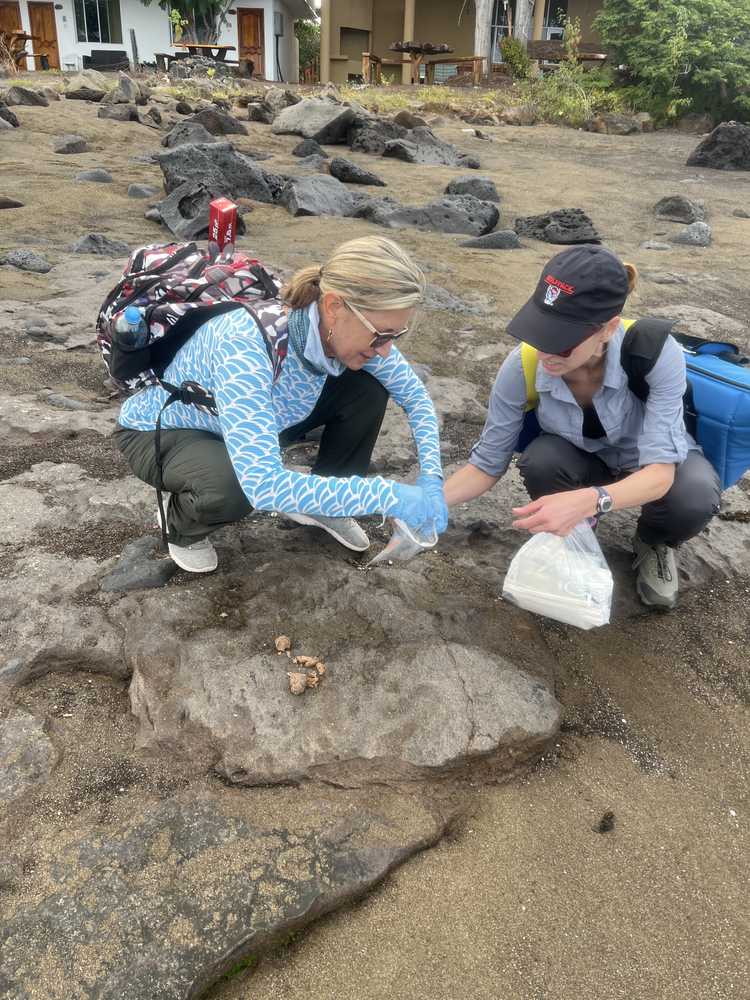

- Assessing the impact of the early COVID-19 era on antibiotic resistant threats in inpatient settings: A mixed-Poisson regression approach
- Antimicrobial resistance (AMR) is a critical public health threat and costly to the US healthcare system. Vulnerable populations, including the very young, the elderly, and those with comorbidities, in community and healthcare settings are particularly at risk for infection from drug-resistant pathogens. Living in close quarters with others and certain types of work can also predispose individuals. During the COVID-19 pandemic, North Carolina (NC) experienced increased antibiotic- resistant (AR) infections like MRSA and C difficile while simultaneously dealing with increased antibiotic prescribing and infection prevention challenges.
- Read the article published in the American Journal for Infection Control here.
- The Rhea lab interested in exploring additional and future datasets related to AR infections in healthcare settings. In North Carolina, like many southeastern states, systemic health disparities, including higher rates of obesity and of HIV infection, have been documented and vary across smaller geographic regions (e.g., zip codes, counties). COVID-19’s disproportionate impact has highlighted and intensified these health disparities in traditionally underserved populations of the southeast, including racial and ethnic minorities, rural communities, migrants, and front-line workers in lower-wage jobs. However, disparities in antimicrobial resistant infections in the southeastern U.S. are not well-understood. Community-based interventions to address likely health disparities in AMR could be particularly valuable. However, to effectively design these interventions, additional insight is needed into the burden of AMR and the community- and individual-level risk factors that are most relevant.
- Antimicrobial resistance (AMR) is a critical public health threat and costly to the US healthcare system. Vulnerable populations, including the very young, the elderly, and those with comorbidities, in community and healthcare settings are particularly at risk for infection from drug-resistant pathogens. Living in close quarters with others and certain types of work can also predispose individuals. During the COVID-19 pandemic, North Carolina (NC) experienced increased antibiotic- resistant (AR) infections like MRSA and C difficile while simultaneously dealing with increased antibiotic prescribing and infection prevention challenges.
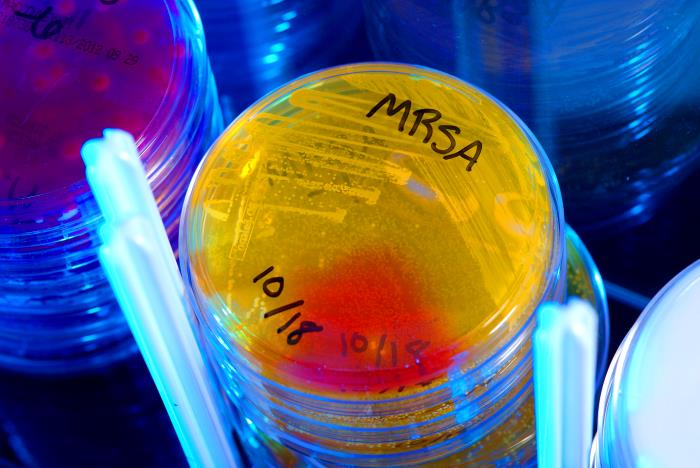

- Clinical and Microbiological Outcomes of Untreated Subclinical Bacteriuria in Dogs: A Pilot Study
- Subclinical bacteriuria (SB) is, “the presence of bacteria in urine as determined by positive bacterial culture from a properly collected urine specimen, in the absence of clinical evidence of infectious urinary tract disease.”(1) Reported SB prevalence is 2-12.1% in healthy dogs(2–6) and 15-74% in dogs with comorbidities.(4,7–12) The International Society for Companion Animal Infectious Diseases (ISCAID) recommended the use of antibiotics in dogs with bacteriuria and pyuria even in the absence of lower urinary tract signs (LUTS) (i.e., pollakiuria, stranguria/dysuria, hematuria, malodorous urine).(1,14) However, ISCAID’s 2019 updated guidance advises against SB treatment in dogs even in the presence of pyuria or high bacterial colony count (i.e., CFU/ml), similar to recommendations for humans.(1,15) Considering this recently updated ISCAID guidance and veterinarians’ tendency to prescribe antibiotics using a “just in case” attitude, some dogs with SB may receive antimicrobial drugs when they are not indicated.(16,17)
- We conducted a pilot study of 30-day clinical sign and bacterial cystitis (i.e., bacteriuria with LUTS) outcomes among outpatient dogs identified with SB and not treated with antimicrobial drugs for SB per 2019 ISCAID guidelines. With this pilot, we assessed the feasibility of a larger longitudinal study, to further explore SB in outpatient dogs, including the natural history of SB and risk factors for SB and progression to bacterial cystitis.
